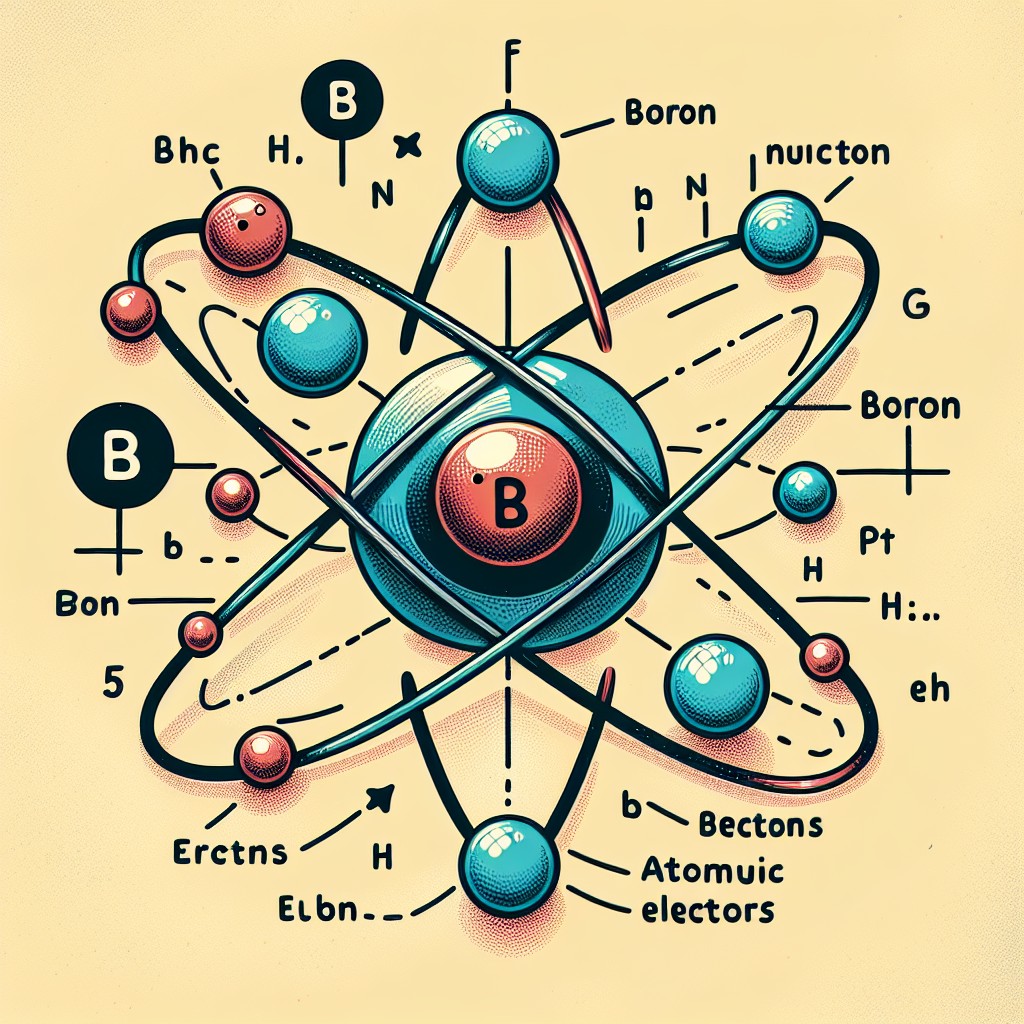| Date | Type | Event |
|---|---|---|
| 1917-04-16 |
On this day in 1917 Vladimir Lenin returned to Russia after his exile for advocating socialism by Tsar Nicholas II. The Russian people had had enough of the growing poverty, governmental corruption and tremendous loss of life for Russia in World War I, which all happened under Tsarist Rule. On the 8th of March 1917 in the Capital of Petrograd (now St. Petersburg) more than 90,000 protesters clashed with police and remained on the streets. The protesters would not leave despite being attacked by the army on the 11th of March and many being killed the protestors resolve didn’t waver. Later that day 150,000 soldiers joined the protestors and on the 14th all Russian Soldiers in the capital had been ordered not to harm the civilians. On the 15 of March Nicholas II abdicated, giving the throne to his brother Michael. Michael refused the crown and Tsar Rule in Russia was ended after hundreds of years. This was the first part of the Russian revolution over and on this day in 1917 (or on the 3rd of April using the old Julian calendar) Lenin returned to Russia at the height of celebration for the defeat of the Tsar. With revolution in the air, and Lenin, Zinoviev, Trotsky and other Bolsheviks (a division of the Russian Social-Democratic Workers' Party (RSDWP) that advocate militarism) would rally the Russian people together and initiate phase two (the ‘Red October Revolution’) which would bring Socialism to Russia. Lenin would become the Leader of the Communist Party in Russia until his death on the 21st of January 1924 when he died of a brain haemorrhage at the age of 54. Joseph Stalin would take over as the next leader of the Russian Communist Party.
| |
| 1917-05-24 |
On this Day in 1917, the British Navy introduced its convoy system creating safe passage across the Atlantic. Since the Fourth Anglo-Dutch War (1780 - 1784) the British Royal Navy seemed invincible but the First World War brought a new type of naval warfare, the U-Boat. These new German boats were designed to attack military vessels and appeared on paper to be a formidable weapon against the might of the British Royal Navy. Without true radar (that could determine range as well as direction), which was not invented until 1935 by Sir Robert Watson Watt, U-boats were the perfect stealth vessel that could take out a warship with a single shot before being detected. But when tested in the field against the British naval fleet they proved less effective. Their slow speed meant that most ships would move out before they could be targeted and they could only view the target from the surface. The Germans soon found a new more effective use for their fleet. Britain had created a naval blockade of Germany very quickly upon the outbreak of war and by November 1914 they had declared the North Sea a war zone and stated that any ship entering the area would do so at its own risk. The blockade was to prevent any ship from transporting contraband of war to their enemy. Germany wanted to retaliate in kind but didn’t have the resources to patrol the waters and search ships. However, on the 4th of February 1915, Germany announced that all the waters surrounding the UK were a War Zone and any vessel be it enemy or neutral would be fired upon. German U-Boat attacks on merchant and civilian ships were numerous and they destroyed many thousands of vessels coming from the Americas. By August 1915 German U-boats had been adapted to lay mines, destroying all ships indiscriminately. Throughout WWI German U-boats were sinking an average of 2 ships a day. It was the continuous destruction of US civilian and merchant vessels that caused the United States to join the war on the 6th of April 1917 and in that month alone, which was the worst of the war, U-boats had destroyed 373 ships. In order to ensure the safety of their new allies transporting soldiers and weapons to Europe, the Royal Navy introduced a system of convoys. Around fifty American Ships would be escorted by a cruiser, six destroyers, 11 armed trawlers and two torpedo boats with aerial reconnaissance equipment that could detect the movement of underwater submarines. WWI normally conjures images of trench warfare but it was the naval warfare that ultimately affected the outcome of the War. The blockade by the Royal Navy and the continued advance of the Allied troops in the trenches had financially crippled the Germans and they were running drastically low on supplies. But it was when the German Navy was ordered to attack the British Royal Navy, with no chance of victory, that the German naval sailors began a mass uprising against the German leaders (The Wilhelmshaven and Kiel Mutinies). This uprising was mirrored throughout Germany and with revolution in the air, Germany was forced to effectively surrender to the Allies on the 11th of November 1918. | |
| 1917-12-06 | On December 6, 1917, Finland declared its independence from Russia, marking a significant turning point in the nation's history. The outbreak of the Russian Revolution in 1917 created a power vacuum in Finland. The abdication of Tsar Nicholas II in March 1917 further weakened Russian authority, while Finland’s Senate began pushing for sovereignty. On July 18, 1917, the Finnish parliament passed a "Power Act," seeking to transfer control of domestic affairs to Finland. However, the unstable Russian Provisional Government rejected this attempt. In November 1917, the Bolsheviks seized power in Russia during the October Revolution, leading to further instability. Finland's political leaders saw an opportunity to formalize their independence. On December 6, 1917, the Finnish Parliament adopted a declaration of independence, drafted by the Finnish Senate led by Pehr Evind Svinhufvud, asserting Finland’s right to self-determination. The Bolshevik government, preoccupied with consolidating its control over Russia, formally recognized Finland’s independence on December 31, 1917. This recognition was a significant step, as it ensured Finland's legitimacy on the international stage. Finland’s newfound independence was not without challenges. In January 1918, a civil war broke out between the Red Guards, who were supported by Bolshevik Russia, and the White Guards, representing the conservative and nationalist factions. The Whites, aided by German forces, emerged victorious in May 1918, but the war left deep scars on Finnish society. Despite these early struggles, Finland gradually established itself as a stable, democratic nation. Independence allowed Finland to develop its own identity, culture, and political institutions. It also set the stage for Finland’s later resistance to Soviet aggression during the Winter War (1939-1940) and its ongoing pursuit of neutrality and independence throughout the 20th century. Today, December 6th is celebrated annually as Finland's Independence Day, a solemn and patriotic occasion marked by ceremonies, torchlight processions, and the lighting of two candles in windows as a symbol of freedom. The day honours not only Finland’s independence but also the resilience and unity of its people in building their nation. | |
| 1917-12-15 | In 1917 Russia agreed to a ceasefire on the eastern front effectively leaving the First World War The Russian revolution of 1917 led them to agreeing a ceasefire on the eastern front on the 15th of December 1917 effectively leaving the First World War. With the Eastern Front ended Germany’s most senior officer, Erich Ludendorff, suddenly had a huge supply of battle ready troops ready to fight against the remaining allies on the Western Front. Ludendorff devised a plan he called the “Emperor’s Battle” which involved the full force of the new troops attacking one point in the western front which was being held by the British Expeditionary Forces near the strategically important city of Amiens. On the 21st of March Lundendorff attack began, starting with the most intense gas and artillery fire bombardment of the entire war for five hours against the British forces. This was followed by several waves of German soldiers that broke through the lines and killed about 30% of the British Soldiers in that section. By the 5th of April, the German forces had gained 28 miles before finally being subdued by the Allies. By July the Allies had managed to regroup and British Commander Henry Rawlinson was given the task of forcing the German forces back. The American's entrance into the war the previous year gave the Allies much-needed resources. With new tanks and artillery, a huge force of Allied soldiers and the newly formed RAF, Rawlison had a tremendous force to accomplish his mission. On the morning of the 8th of August, the Allies began to advance, supported by heavy artillery fire and the RAF taking out German strongholds. British, Canadian and Australian regiments continued to advance driving back the Germans and gaining more ground on that day than had previously been possible. The push continued for three days with the battle ending on the 11th of August. Despite the huge loss of life to the Allies, the shock of the successful attack against the previously strong German line caused many Germans to surrender. The crippling attack also led Ludendorff to declare to the German Emperor, Wilhelm II that the war was lost. This Battle is also considered the beginning of the “Hundred Days Offensive” that led to the German Armistice on the 11th of November 1918. Although the Russian Revolution initially aided the Germans it would also aid their downfall. Germany was being suffocated by not only the human loss but also the financial loss of the war and after the “battle of Amiens” it became apparent that it was a war they may indeed lose. With the German people suffering the thoughts of their own revolution began to cross their minds. Soldiers continued to surrender as the “Hundred Days Offensive” progressed and when the German Navy was ordered to attack the superior Royal Navy in what would have been a suicide mission the entire navy began a revolt which quickly spread throughout the armed forces and country leading to the Germans calling for an Armistice, and effectively surrendering on the 11th of November. Sadly despite the time and date of the Armistice known for some time in advance fighting continued right up until the last moments before 11:00 am on the 11th of November 1918. The Americans lost huge numbers of soldiers on the final day, having been ordered to advance right up to the final moments of the Armistice. Some of the commanders felt they had something to prove while others believed that the Germans needed to taste true defeat and know that they were beaten rather than have an armistice. One such general prolifically said that if they are not defeated in battle then they would try again. |


